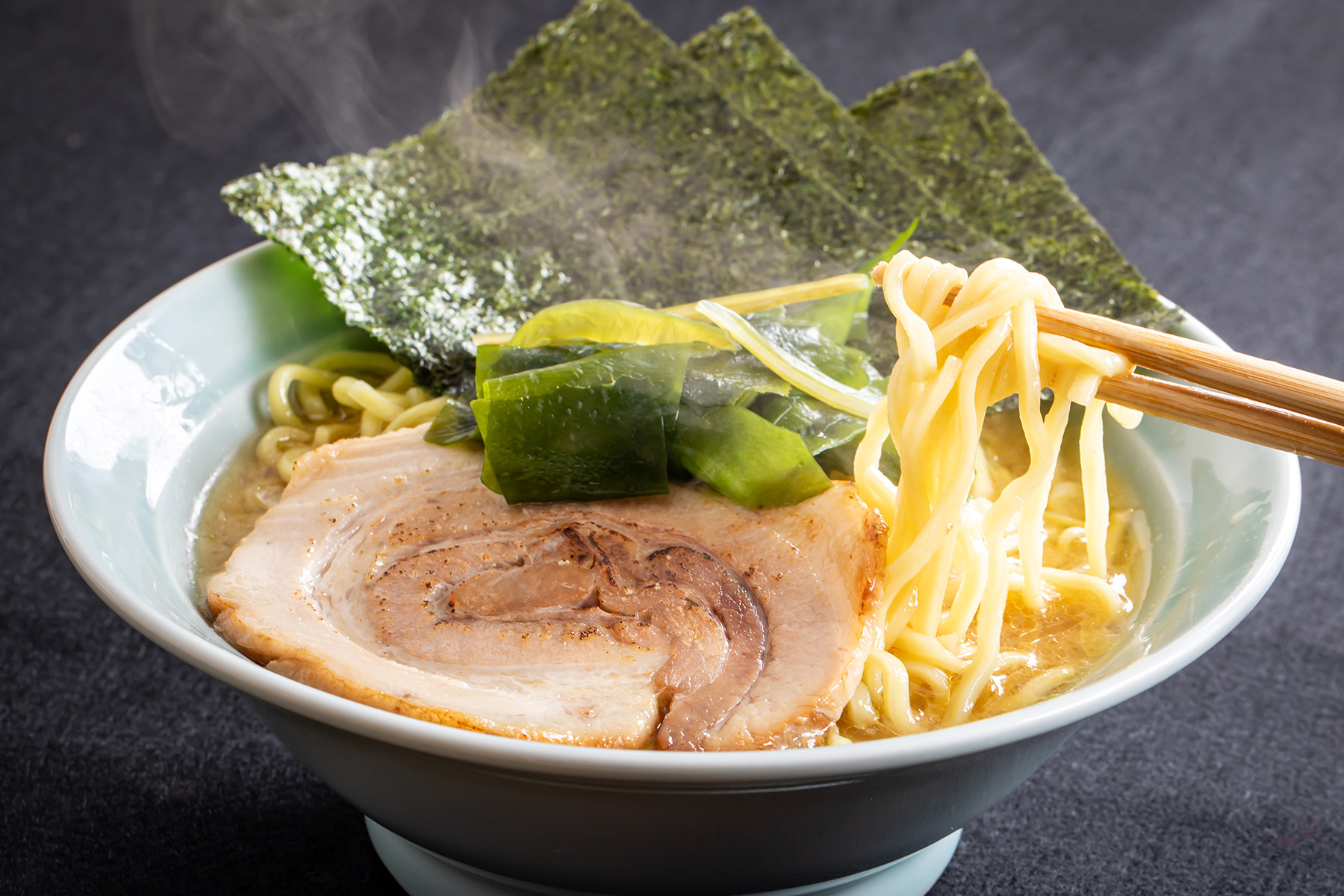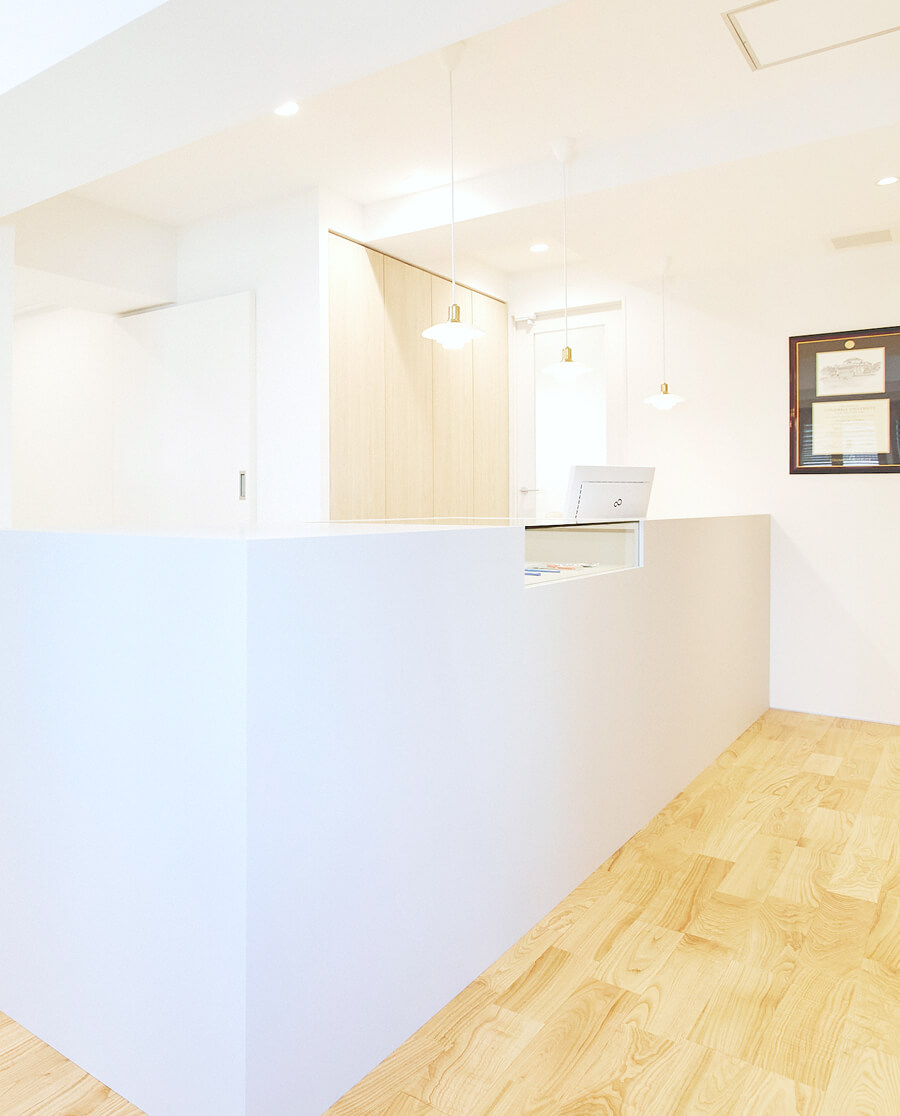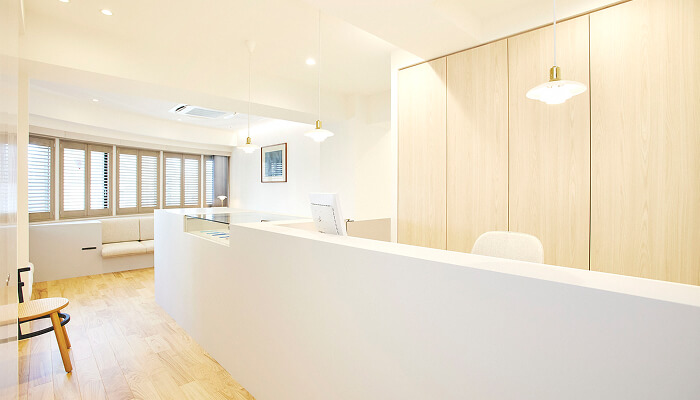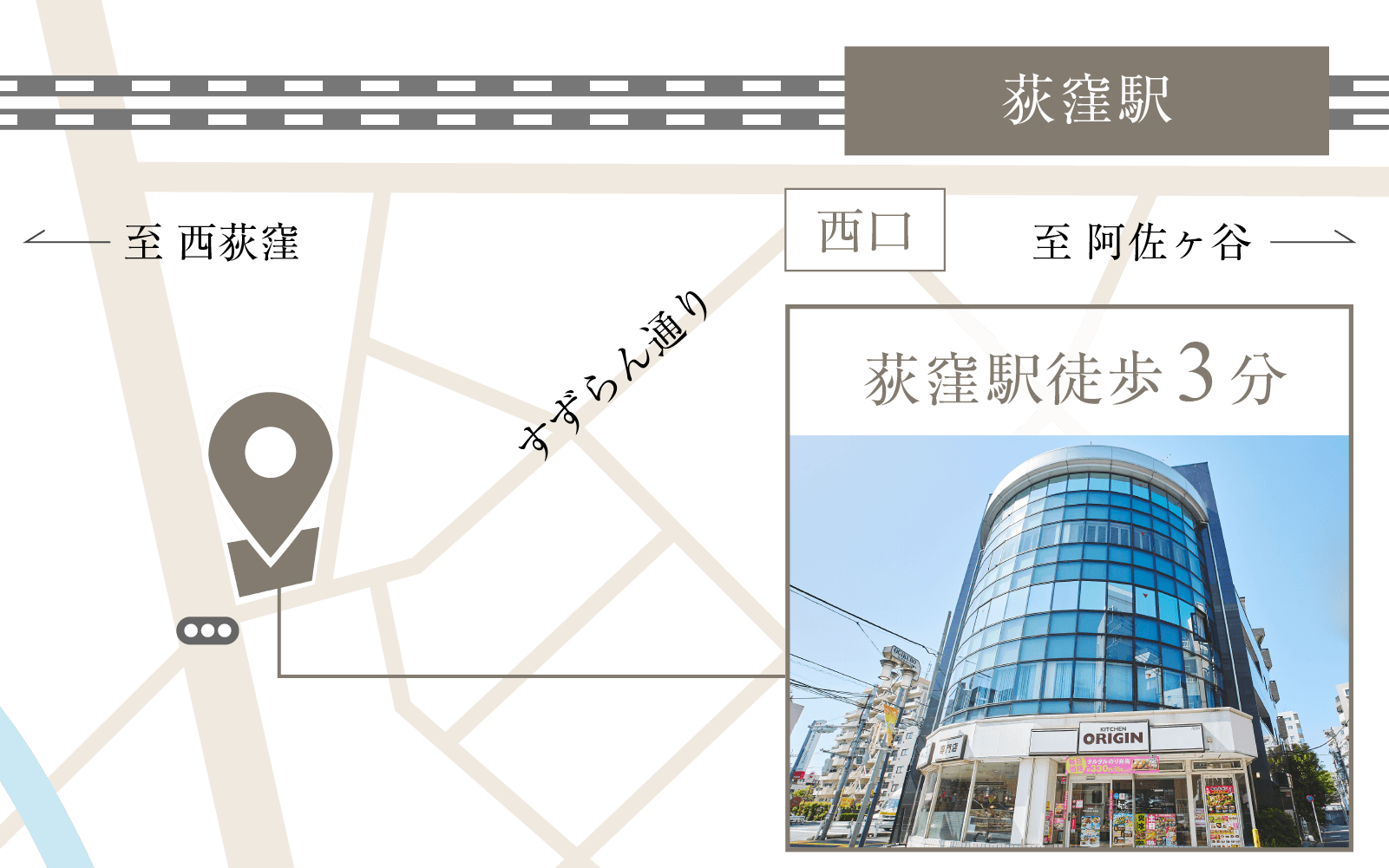Access
Clinic information
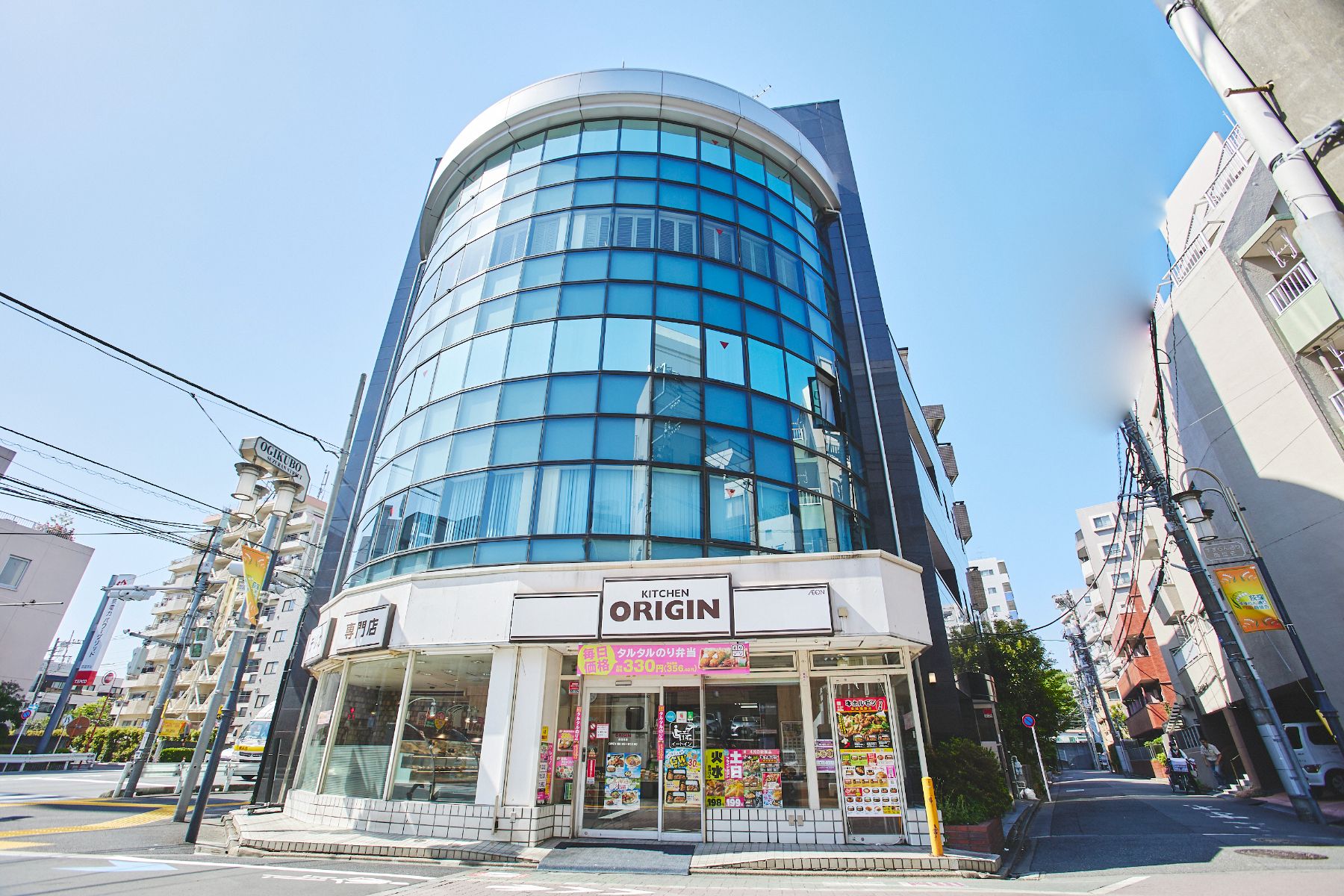
| Clinic name | Tokyo Institute of Endodontics |
| Location | 〒167-0051 HOLD Ogikubo 4F, 5-15-22 Ogikubo, Suginami-ku, Tokyo |
| Nearest station | 3 minutes walk from Ogikubo Station on the JR Chuo Line, Sobu Line, and Tokyo Metro Marunouchi Line and Tozai Line |
| Telephone number | 03-5335-7633 |
| FAX | 03-5335-7635 |
| Consultation hours | [Tuesday, Friday, Saturday] 9:00-12:00 / 13:30-18:00 [Monday, Wednesday] 9:00-12:00 / 13:30-16:30 |
| Closed days | Thursdays, Sundays, and public holidays |
Access
For those coming by train or Shinkansen
For those coming by express bus
For those coming by train or Shinkansen

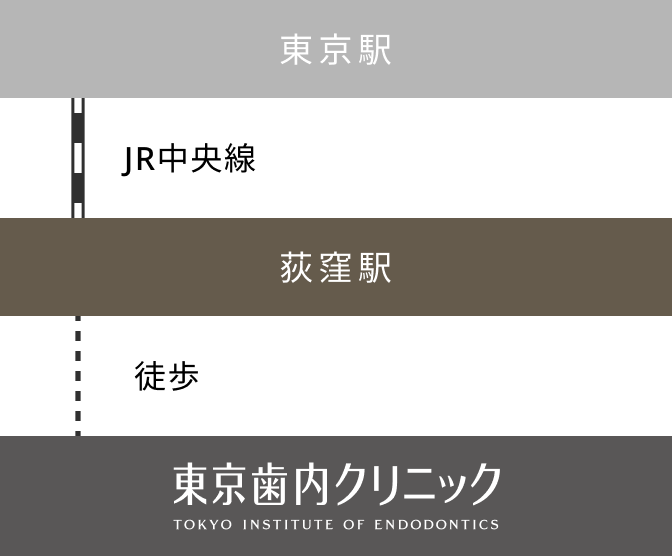
For those arriving by plane

For those coming from Haneda Airport
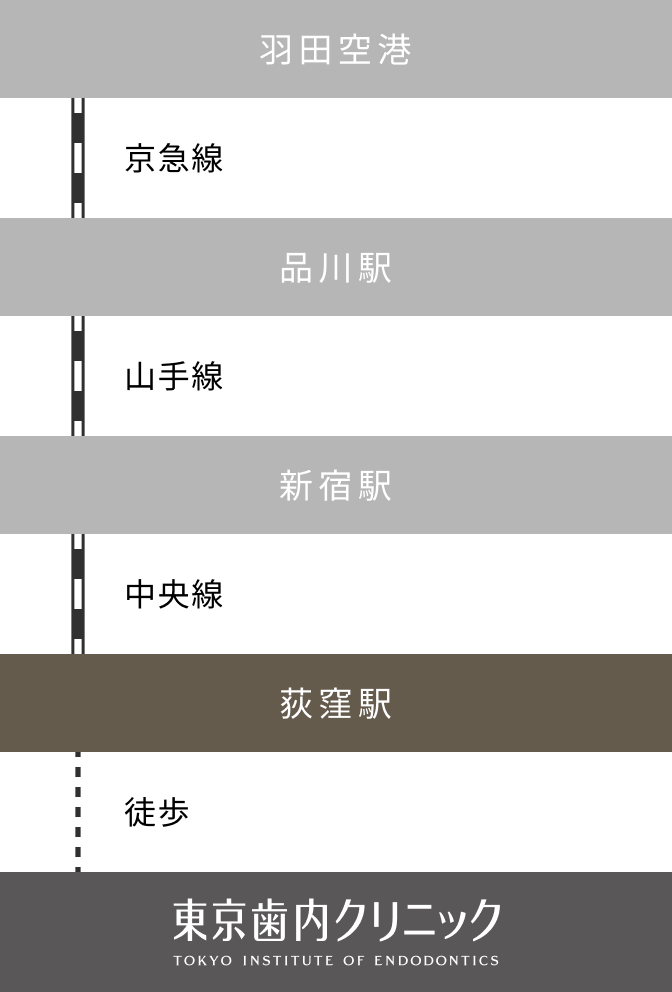
For those coming from Narita Airport
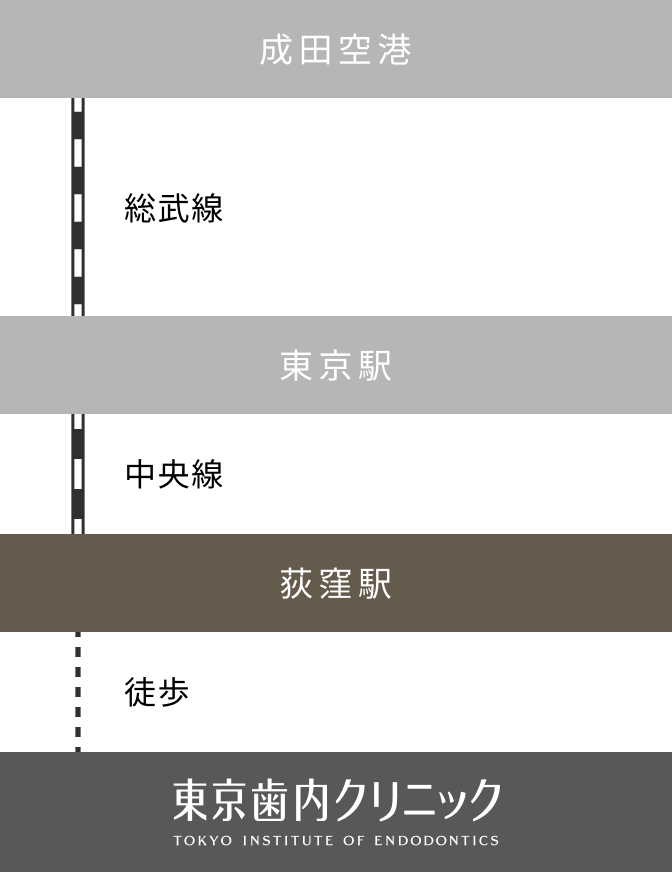
For those coming by express bus

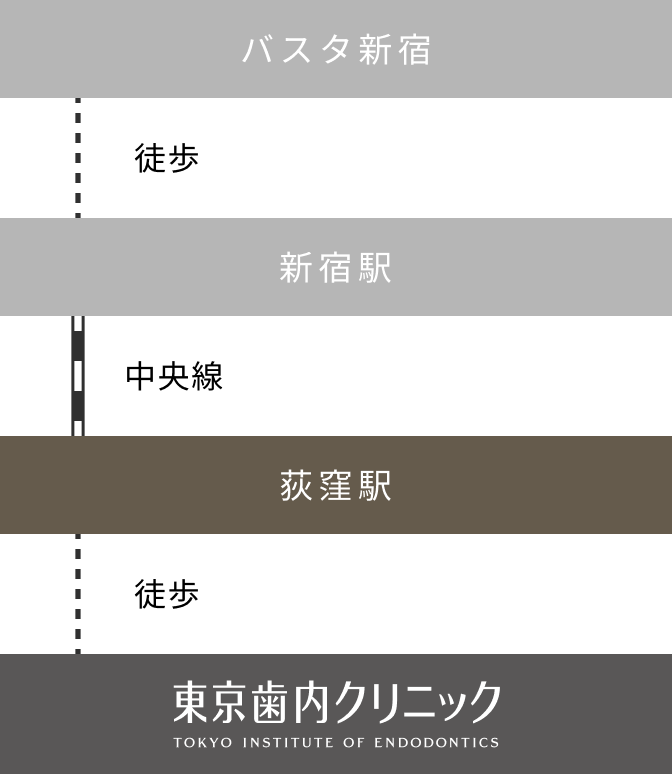
For those coming by car

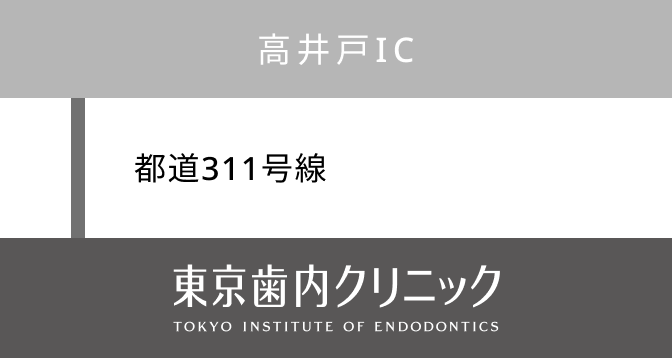
Please use the nearby paid parking lot.
Times Minami-Ogikubo 4-chome
Coin park Ogikubo 5-chome
Stroll around Ogikubo
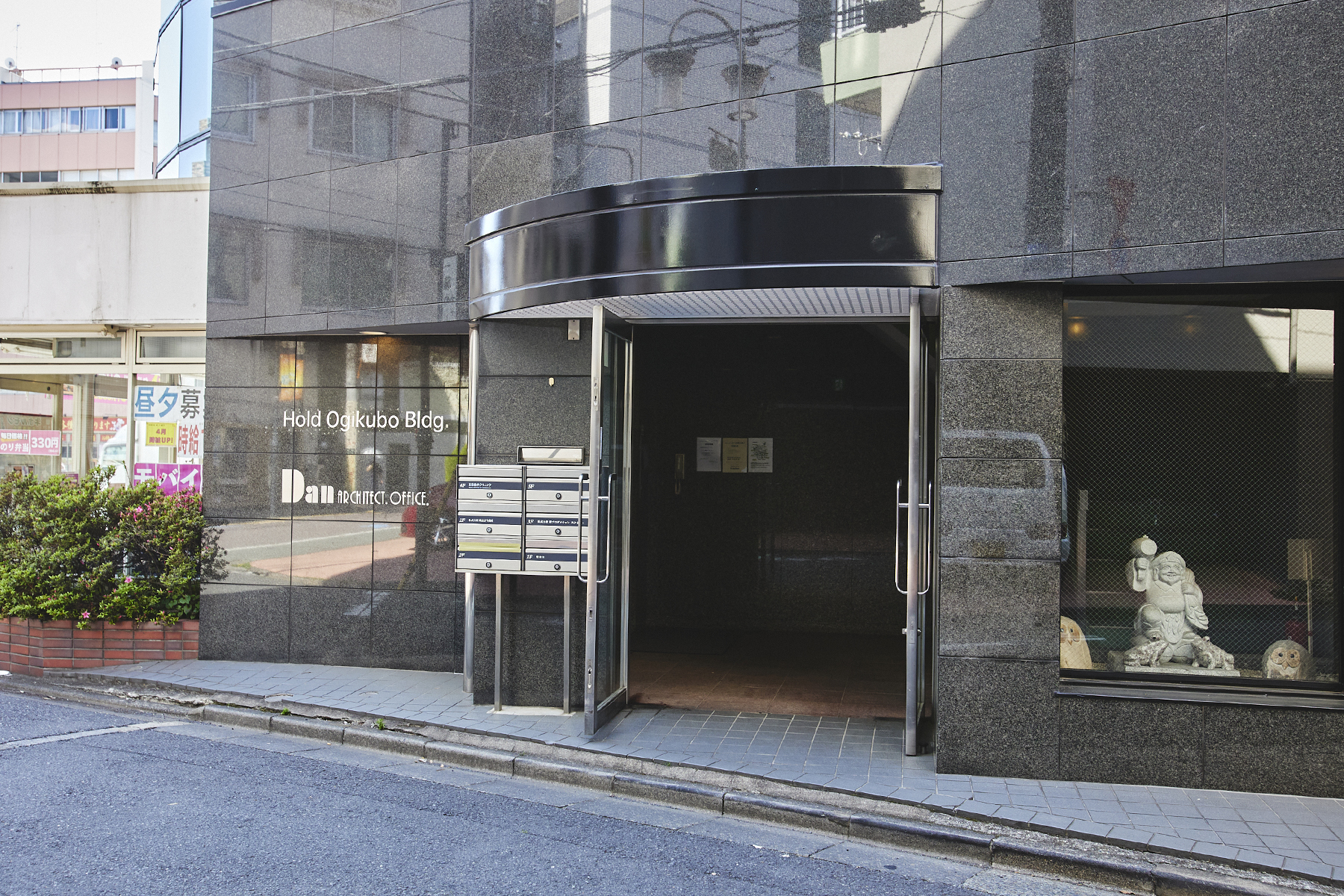
Our clinic is visited not only by people who live nearby, but also by people who come from far away.
For those who have come to Ogikubo for the first time for treatment, we would like you to discover all that Ogikubo has to offer. We encourage you to take the time to explore other areas while you are here for treatment.
We hope that you will create memories that go beyond dental treatment, and recommend us to your family and friends.
Otaguro Park
Otaguro Park is a Japanese garden developed by Suginami Ward on the former site of the residence of music critic Moto-o Otaguro, who lived during the Meiji, Taisho, and Showa periods.The park boasts a row of ginkgo trees stretching from the main gate, a teahouse and Western-style building on the grounds, and a pond and colored carp.
Though it’s a small park, you can enjoy the changes of the seasons. There’s a Green Slow Mobility bus stop right in front of the park, allowing for a leisurely round-trip ride to and from Ogikubo Station.
It is about a 10-minute walk from the south exit of Ogikubo Station’s east ticket gate.
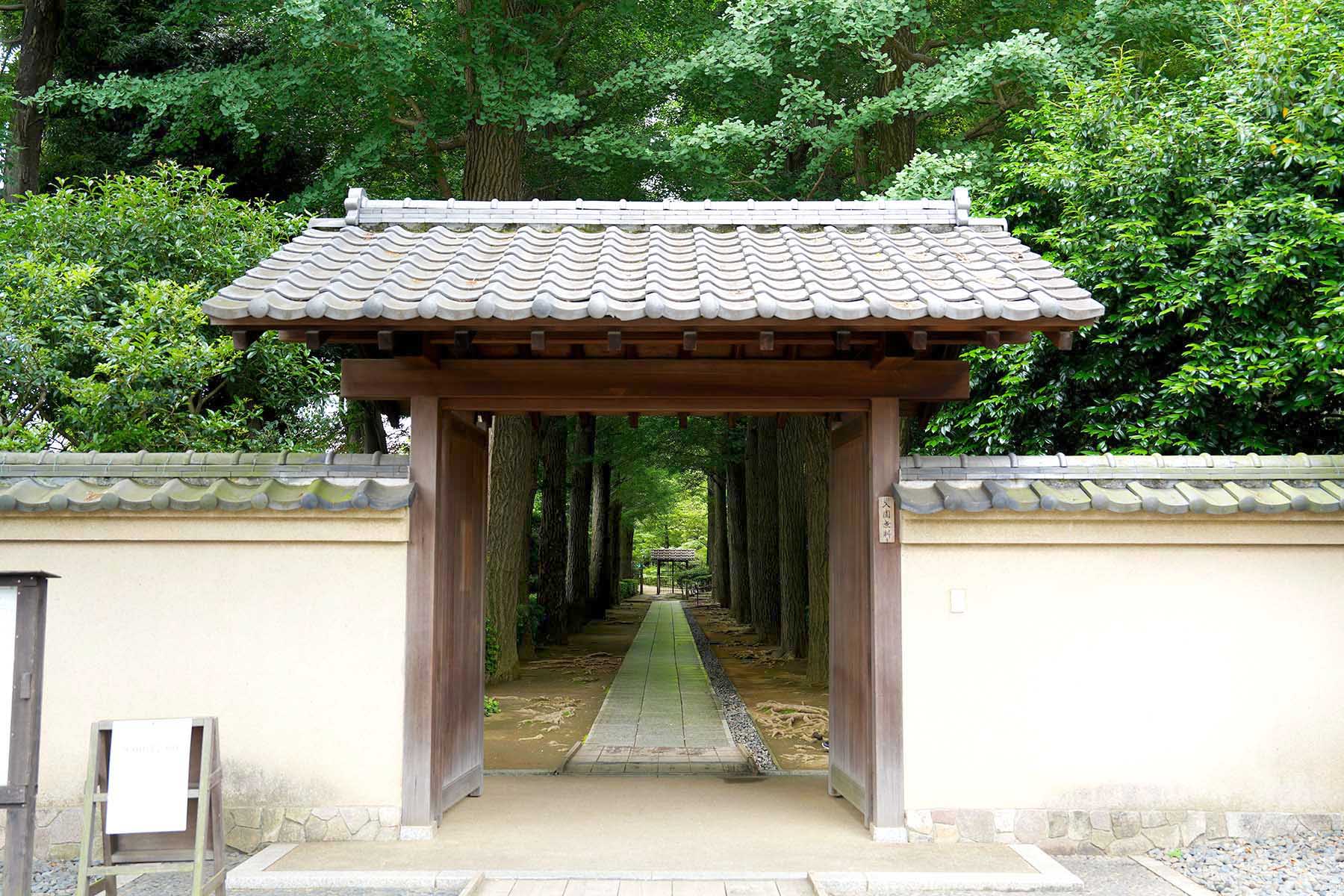
Tekigaiso
Tekigaiso, located in a quiet residential area, is where Japanese politician Fumimaro Konoe lived during the Sino-Japanese War (1937-1945). Konoe served as Prime Minister three times, and Tekigaiso is where many important meetings that marked turning points in politics in the early Showa period were held.
Public viewing began in December 2024. There is a lawn plaza on the south side of Tekigaiso, as well as a Green Slow Mobility bus stop. There is also a cafe and shop on the premises.
It is about a 15-minute walk from the south exit of Ogikubo Station’s east ticket gate.
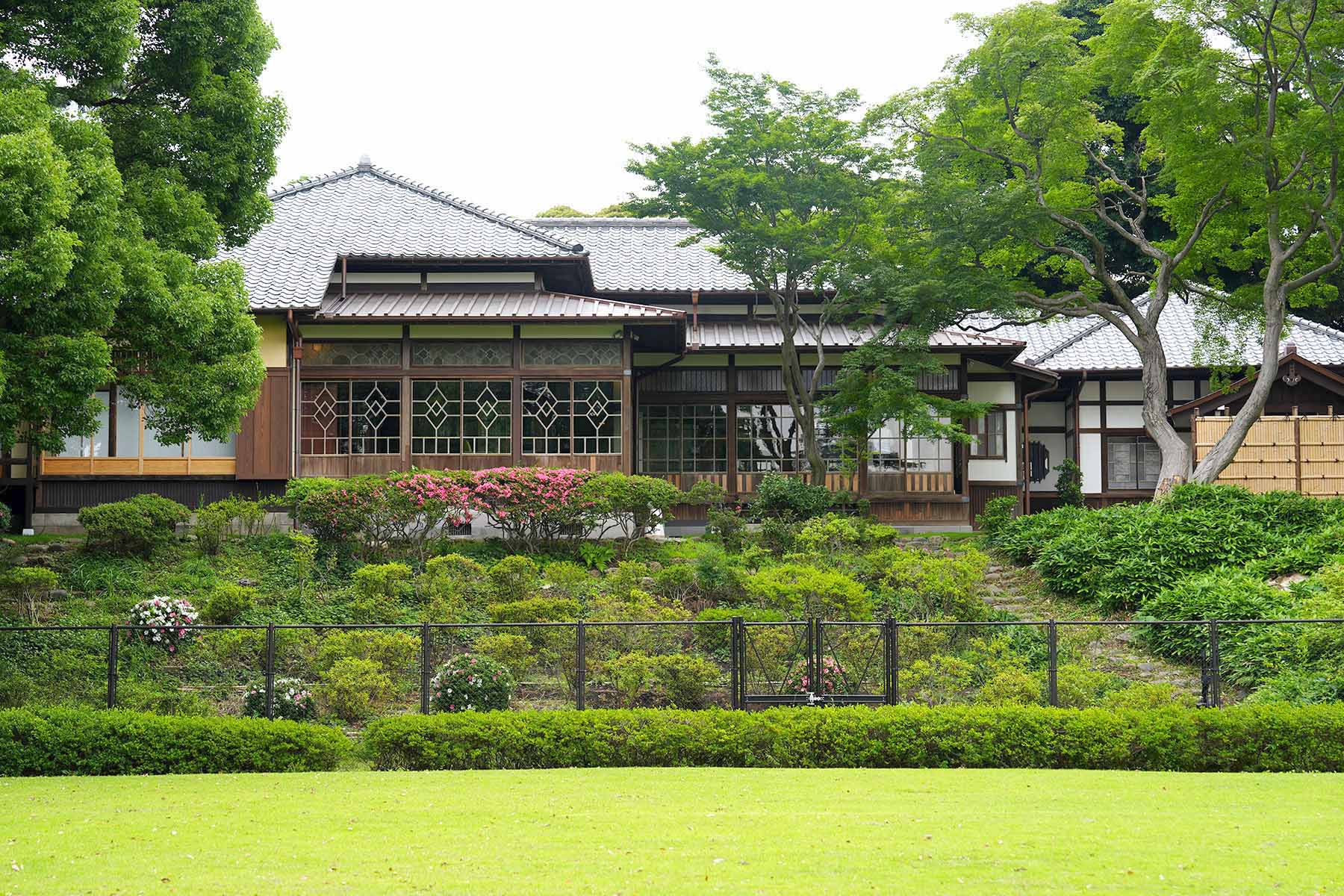
Kadokawa Garden
This is the residence of Genyoshi Kadokawa, the founder of Kadokawa Shoten and haiku poet. Genyoshi Kadokawa founded Kadokawa Shoten in 1945 after the war and achieved success with the Kadokawa Bunko. In addition to running the company, he was also active as a haiku poet. The building contains an exhibition room (open to the public), a poetry room, and a tea room (rental space), and is used as a public facility for Suginami Ward.
The garden on the south side of the building is home to around 400 trees and flowers, which are said to have been planted by Kadokawa for his haiku. Why not spend some time in this quiet space, reflecting on the joy of putting words to words?
It is about a 15-minute walk from the south exit of Ogikubo Station’s east ticket gate.
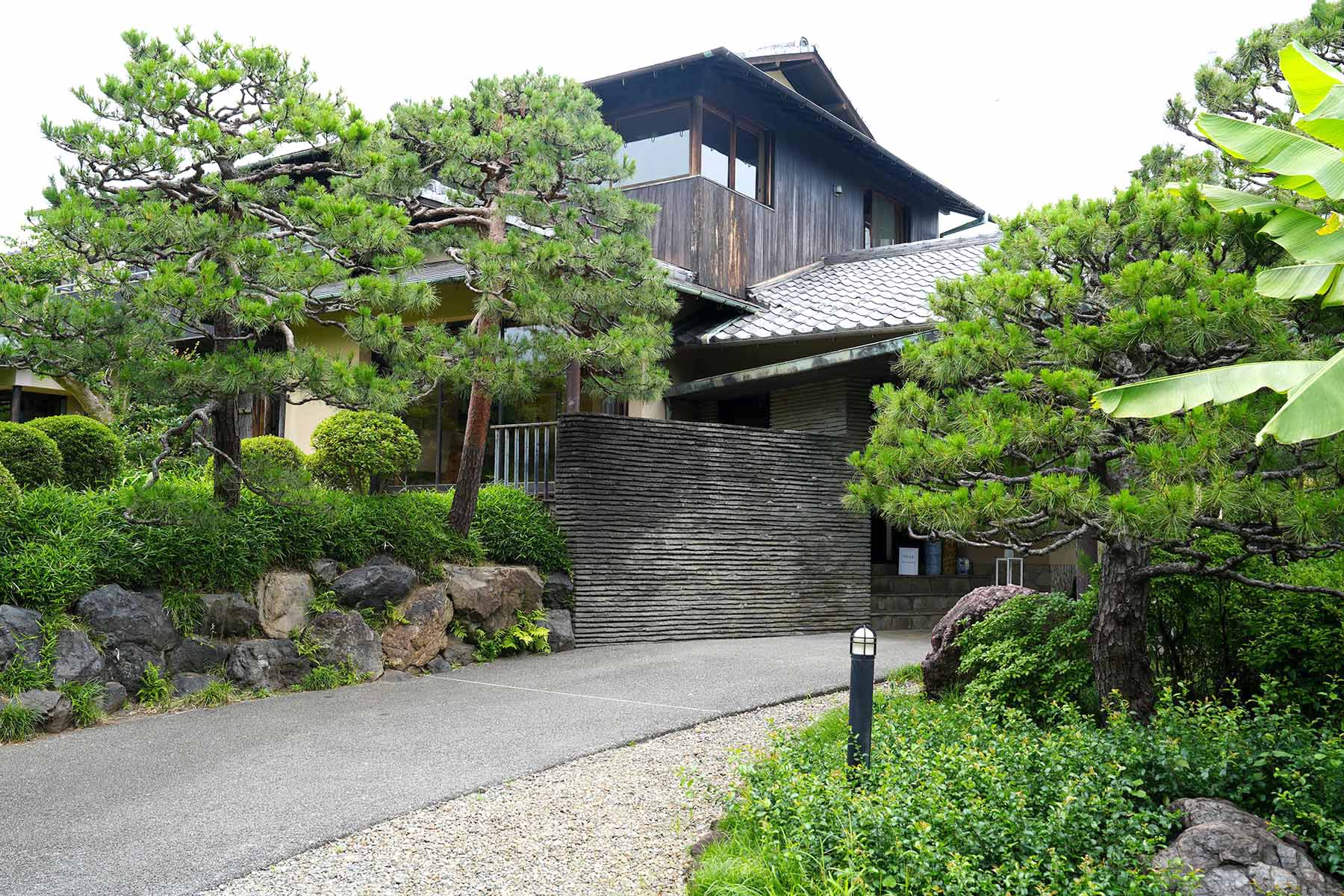
Ogikubo Hakusan Shrine
It is the guardian deity of the former Shimo-Ogikubo village, and is also worshipped as a god who can cure toothache. The shrine is said to have originated during the Bunmei era (1469-1487) from the Onin War to the Sengoku period, when Nakata Kaga-no-kami, a vassal of Akisada Uesugi, the Kanto Kanrei (deputy governor of the Kanto region at the time), enshrined Gosha Gongensha within his estate. It is said that the Nakata clan later prospered and built the main shrine building.
One day, when Nakata Kaga-no-mori’s younger brother, Hyogo, was suffering from a severe toothache, the god of Hakusan Shrine appeared in a dream and told him to eat using bush clover from the temple grounds as chopsticks. When Hyogo did as he was told, his toothache miraculously subsided. Since then, it is said that many people suffering from toothache have come to pray at the shrine.
The shrine has a unique votive tablet with the word “teeth” written on it in large letters, and it has become such a hidden power spot that dental students write prayers for passing the national dental examination on it and dedicate it to the shrine.
It is a 3-minute walk north from the west exit ticket gate of Ogikubo Station.
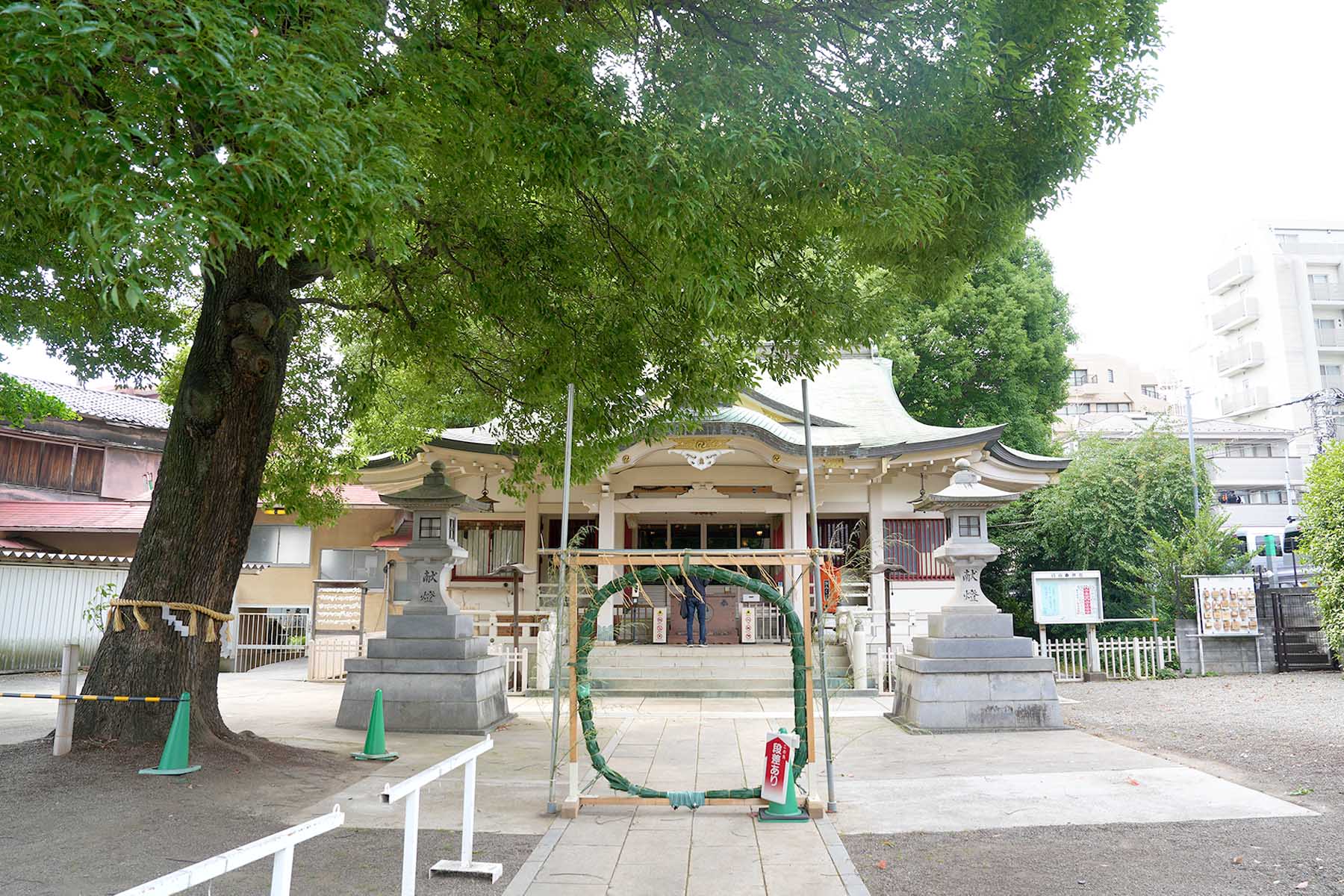
Honey Specialty Shop L’abeille Ogikubo Main Store
This honey specialty store sells honey and other products at 18 stores nationwide and online. They have stores in fashionable spots such as famous department stores, Shin-Maru Building, GINZA SIX, and Azabudai Hills, but their main store is located here in Ogikubo.
There is a nearby affiliated patisserie that sells original sweets made only with honey and the sweetness of natural ingredients.
If you order takeout sweets from the patisserie, you can enjoy a little sweet time with a honey drink at the eat-in corner of the L’abeille Ogikubo main store.
From the east ticket gate of Ogikubo Station, exit the north exit and walk along Kyokai-dori Street for about 4 minutes.
*Image is for illustrative purposes only.

Honmura-an Ogikubo Main Branch
This stone-ground, hand-made soba noodle shop was founded in 1924, the year after the Great Kanto Earthquake. At one time, they also had stores in Roppongi and New York.
Although the Ogikubo main store is located far from the station and Ome-kaido, it attracts many customers every day due to its delicious taste and folk-art atmosphere. Just to the left of the entrance is the soba-making area, where you can first wait your turn while observing the meticulous soba-making process. There is a parking lot, so it is easy to access by car.
Approximately 10 minutes walk from Ogikubo Station.
*Image is for illustrative purposes only.
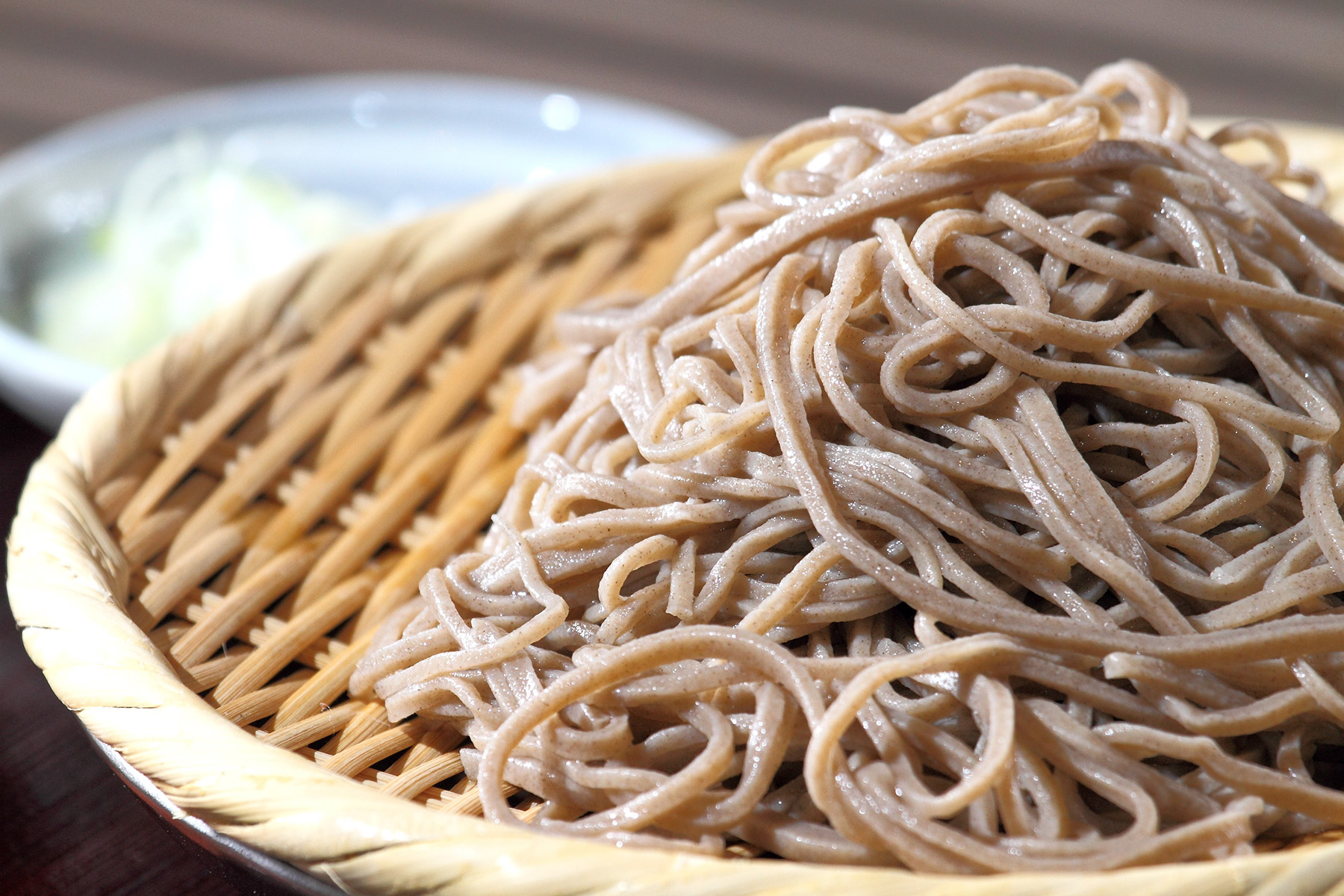
Famous curry restaurant
There are many famous restaurants around Ogikubo Station, including the incredibly popular European-style curry that was previously featured on NHK Professional, the Indian-style curry rice that is so famous it even opens at department store events, the natural curry that is great value for money and served with naan at lunch buffets, and the curry that you can customize with your own toppings, although the restaurant manager has strict rules. Some restaurants have long lines even before they open, so we recommend deciding on the curry you want in advance before visiting.
Please be aware of closing days.
Tomato: About a 4-minute walk from Ogikubo Station (south side).
Space: About a 2-minute walk from Ogikubo Station (south side).
Nataraj: About 2 minutes walk from Ogikubo Station (south side).
Yoshida Curry: About a 4-minute walk from Ogikubo Station (north side).
*Image is for illustrative purposes only.

Famous ramen restaurant
Those who have known Ogikubo for a long time may have a strong impression that it is a place where many famous ramen restaurants gather. Ogikubo is a fierce battleground for original ramen, and even now, each ramen restaurant still has long lines.
From well-flavored miso, pork broth with generous toppings, long-established restaurants founded in 1949, to new generation ramen, the list is endless, so be sure to try them all and find your favorite.
Misokko Fukku: About a 10-minute walk from Ogikubo Station (north side).
Ramen Jiro Ogikubo Branch: About 7 minutes walk from Ogikubo Station (south side) .
Harukiya Ogikubo Main Store: About 3 minutes walk from Ogikubo Station (north side).
Menya Ryu: Approximately 3 minutes walk from Ogikubo Station (south side).
*Image is for illustrative purposes only.
